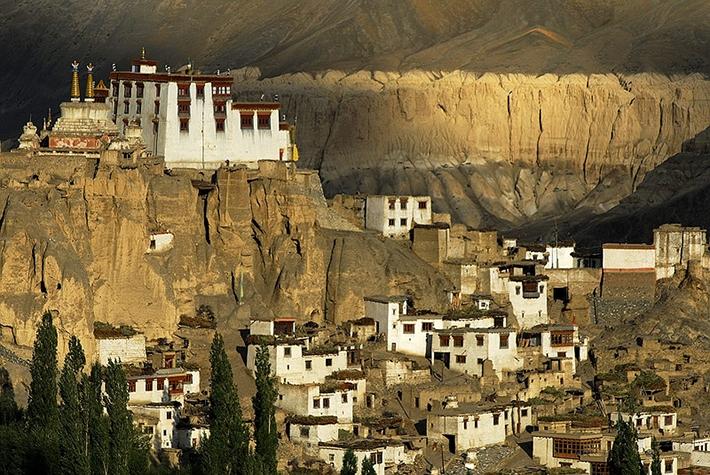
Dance at Dunhuang: Part Three – The Sogdian Whirl
Sogdian merchants were the leading tradesmen working the Silk Road. Sogdiana was a kingdom-state, of which the legendary city Samarakand was the symbolic and cultural
As a religious, philosophical, and ritual expression, dance has an important role in the practice of Buddhism, Taoism, Hinduism, and other Asian belief systems. Long unbroken transmissions of movement forms are reflected in religious artistic depictions, where performative iconography is mystical code as well as movement illustration.
In his column Ancient Dances, Joseph Houseal looks at the aspects of dance and spirituality to enhance practice and appreciation among readers, and to raise cultural awareness in our changing world. He uses dance as a lens to explore states of consciousness and symbolic representations.
Ancient Dances is published monthly.

Sogdian merchants were the leading tradesmen working the Silk Road. Sogdiana was a kingdom-state, of which the legendary city Samarakand was the symbolic and cultural

More dance styles are depicted in the Dunhuang Mogao Grottoes than at any other archaeological site on earth. Dance imagery animates nearly every cave. The

Over the course of several days in 2009, I had the great fortune to visit the Buddhist cave temples surrounding the oasis town of Dunhuang

After seeing several Cham festivals in remote places on a 2014 trip to Ladakh and neighboring Zanskar, I came to the conclusion that video-documenting Cham

I first traveled to Ladakh in the western Himalaya 15 years ago, after being invited by a lama I met on the beach in front

The dancing mind is another mind. In Vajrayana Buddhist Cham, dance is yoga, the dancing mind the whole point—the center of the experience. Monk-dancers are

The earthquakes in Nepal were not merely geological—some of humanity’s oldest symbols got jumbled and tumbled. Mount Everest and the Kathmandu Valley have been wonders